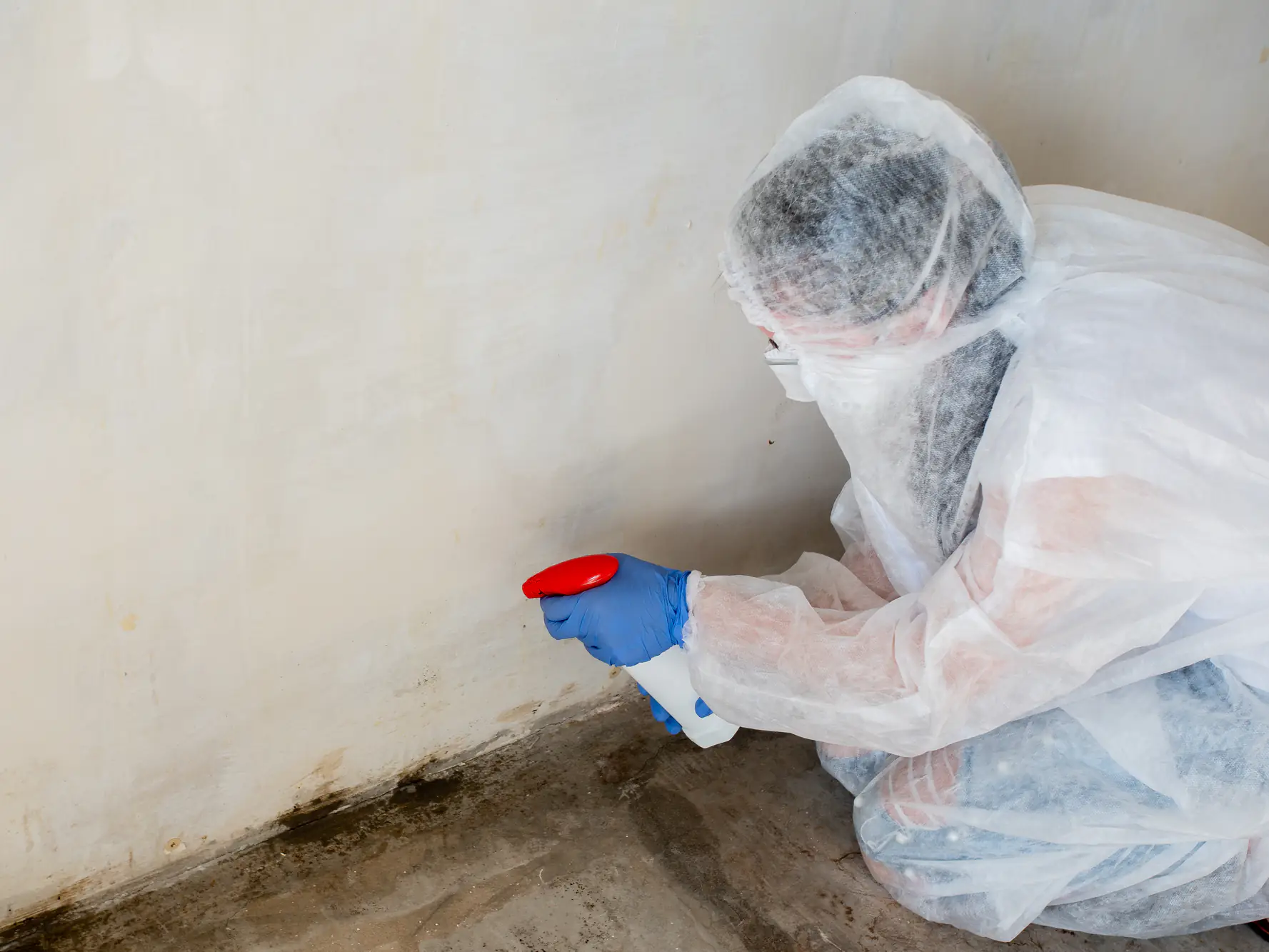
Hear from Our Customers
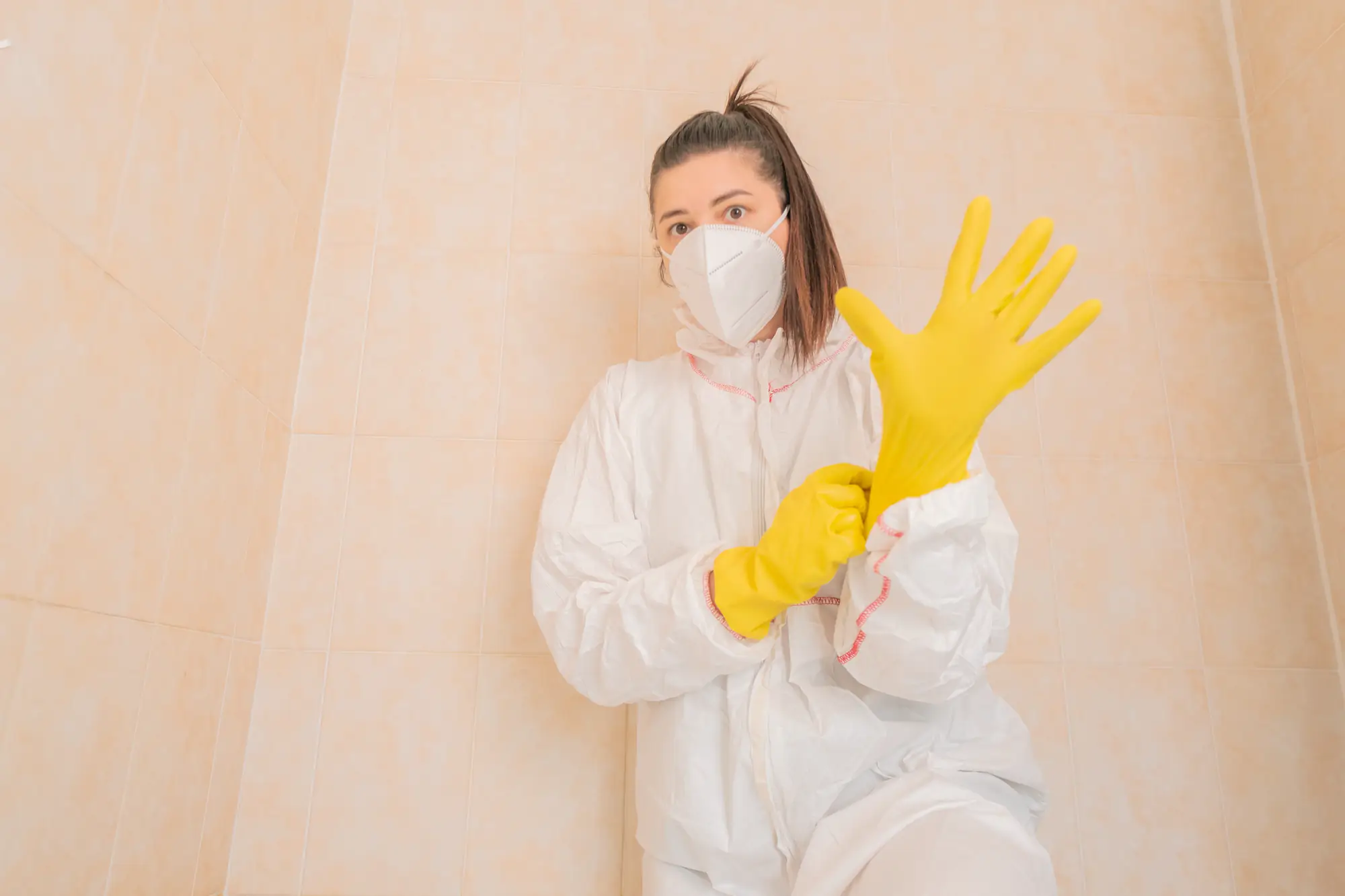
You walk into your home and breathe deeply without that musty smell hitting you. Your kids stop coughing at night. The air feels fresh, not thick and heavy like it’s been sitting in a basement for months.
That’s what happens when mold is actually gone—not just covered up or partially cleaned, but completely removed from your property. Your family’s health improves. Your home value stays protected. You stop worrying every time someone mentions allergies or respiratory issues.
The difference isn’t just what you can see. It’s what you can’t see anymore—those microscopic spores that were making everyone miserable.
Pennsylvania’s humid summers and unpredictable weather create perfect conditions for mold growth. We’ve seen it all in Reeder—from basement moisture issues to HVAC system problems that spread spores throughout entire homes.
We’ve been serving Bucks County families for years, and we understand exactly what causes mold problems in this area. We’re not some national chain that treats every job the same way.
We know which areas of your home are most vulnerable during Pennsylvania’s wet seasons. We understand how older homes in this region can develop moisture issues that lead to serious mold problems. Most importantly, we know how to fix them permanently.
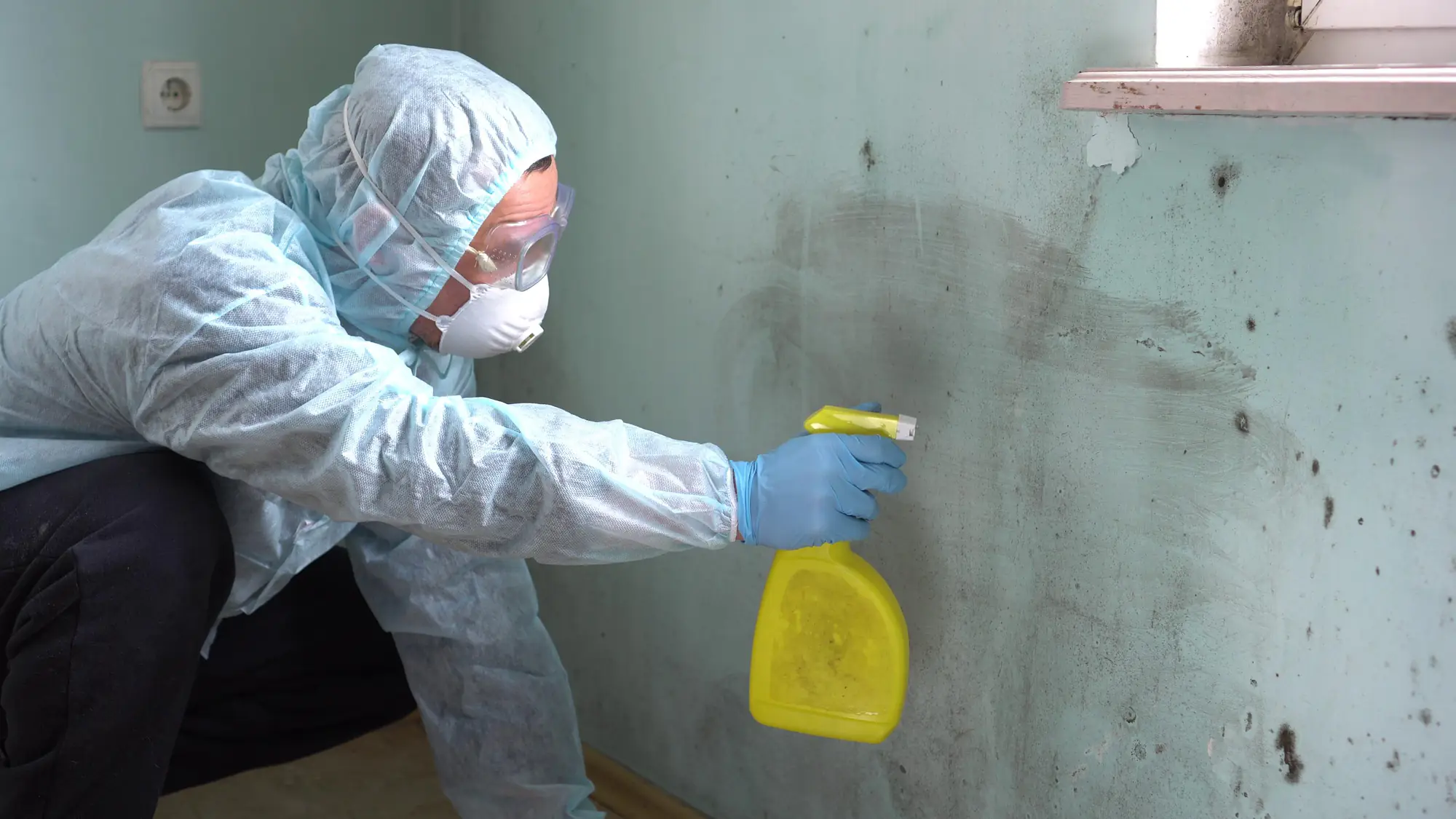
First, we inspect your entire property—not just the obvious spots. We use moisture meters and thermal imaging to find hidden mold growth behind walls, under floors, and in areas you’d never think to check.
Next, we identify the exact type of mold and determine what’s causing it to grow. This isn’t guesswork. We test everything so we know exactly what we’re dealing with and can choose the right removal strategy.
Then comes containment and removal using EPA-approved methods. We don’t just spray some bleach and call it done. We safely remove contaminated materials, clean affected surfaces, and treat the area to prevent future growth.
Finally, we address the source of moisture that caused the problem in the first place. Because if we don’t fix what’s feeding the mold, it’ll just come back in a few months.
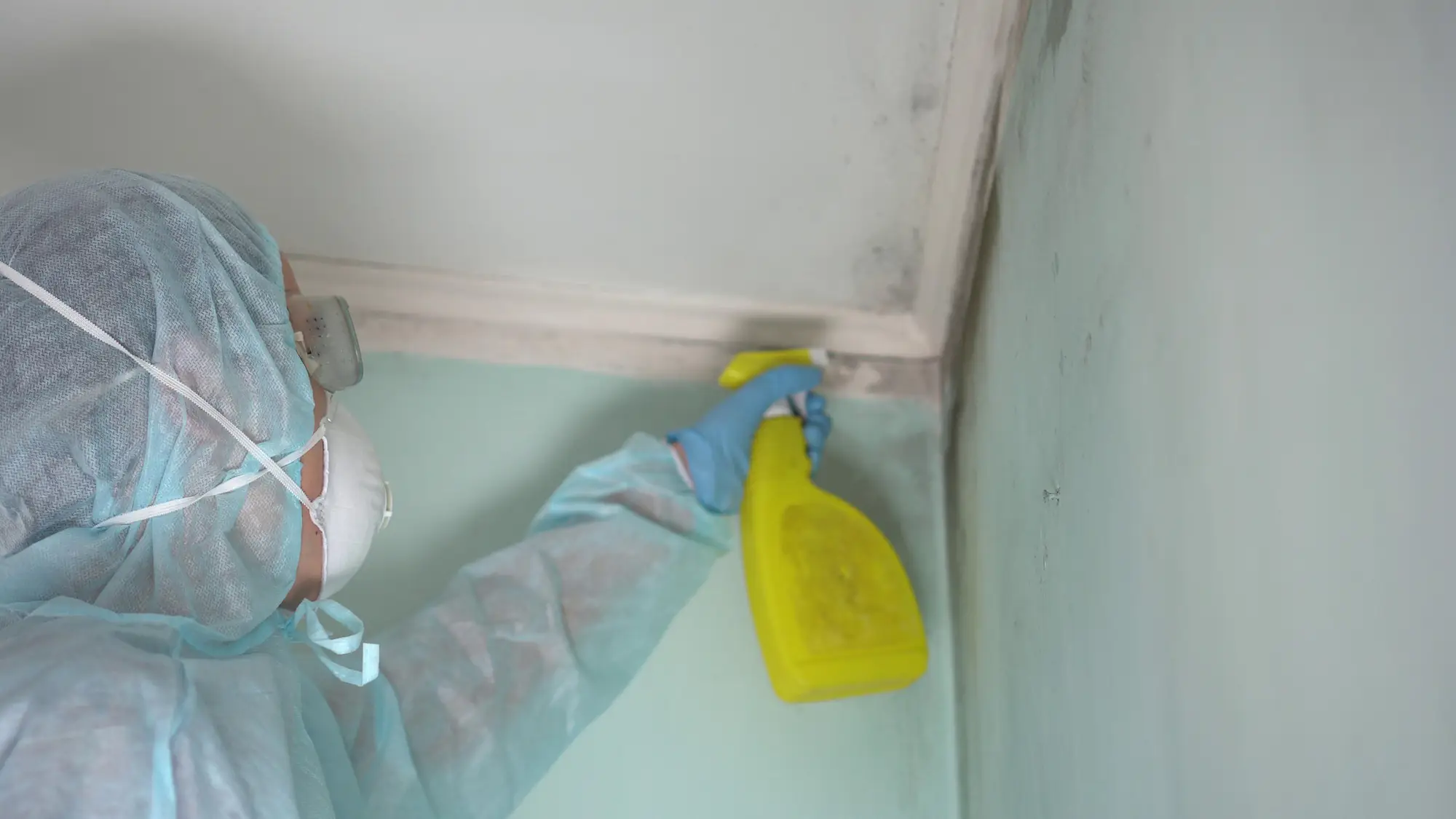
Ready to get started?
Every mold removal project starts with a free inspection. We examine your entire property, test air quality, and identify all areas affected by mold growth—even the hidden spots you can’t see.
Our removal process includes complete containment to prevent spores from spreading to clean areas of your home. We use industrial-grade equipment to safely remove mold and treat all affected surfaces with antimicrobial solutions.
Pennsylvania’s climate means moisture problems don’t just disappear after one treatment. That’s why we also address the underlying causes—whether it’s poor ventilation, leaks, or humidity issues that keep feeding mold growth. We provide recommendations for preventing future problems and can help with insurance claims if needed.
You’ll receive detailed documentation of everything we find and everything we do. No surprises, no hidden problems discovered later. Just a complete solution that keeps your family safe.
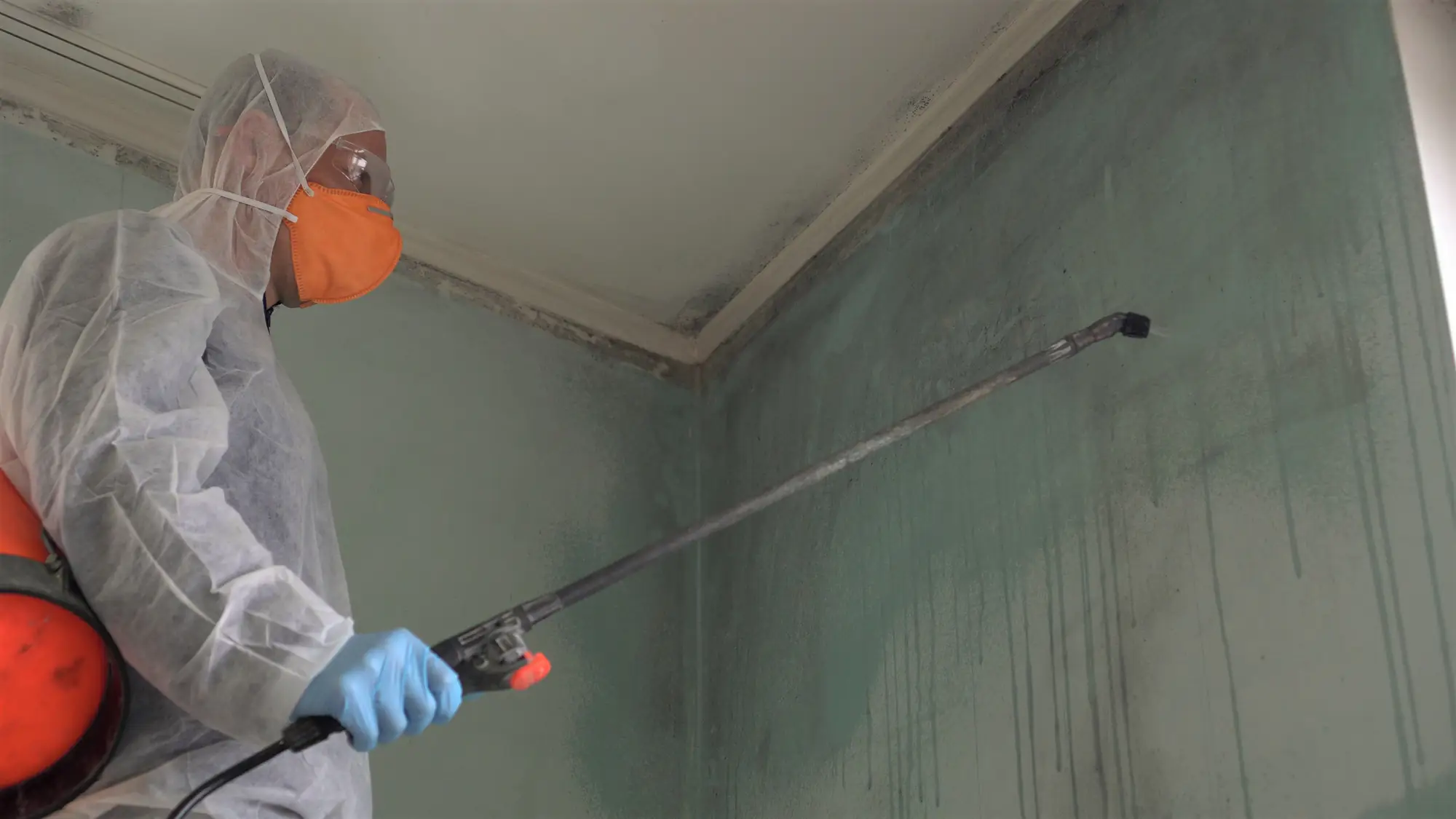
The most obvious signs are musty odors, visible mold growth, and health symptoms like coughing, sneezing, or respiratory irritation that get worse when you’re home. But mold often grows in hidden areas where you can’t see it.
Water stains on ceilings or walls, peeling paint, warped floors, and condensation on windows are all warning signs. If you’ve had any water damage—from leaks, flooding, or even high humidity—there’s a good chance mold is growing somewhere in your home.
The only way to know for sure is through professional testing. We use specialized equipment to detect mold in areas you’d never think to check, like inside walls or HVAC systems.
Most residential mold removal projects take 1-3 days, but it depends entirely on how extensive the problem is and what’s causing it. A small bathroom mold issue might be resolved in a day, while a whole-house problem could take a week or more.
The inspection and testing phase usually takes a few hours. Once we know what we’re dealing with, we can give you an accurate timeline. We don’t rush the process because cutting corners means the mold comes back.
Pennsylvania’s humid climate means we also need to ensure everything is completely dry before we finish. Moisture is what feeds mold growth, so we use industrial dehumidifiers and air movers to make sure the environment won’t support future growth.
Insurance coverage for mold removal depends on what caused the mold problem. If it’s from a covered event like a burst pipe or storm damage, most policies will cover the remediation. If it’s from long-term moisture issues or maintenance problems, coverage is less likely.
The key is documenting everything properly and working with your insurance company from the beginning. We help with this process by providing detailed reports, photos, and estimates that insurance adjusters need to process claims.
Don’t wait to file a claim if you suspect mold is related to a covered event. Insurance companies can deny claims if you wait too long to report the problem or if the damage gets worse because you didn’t act quickly enough.
Pennsylvania’s humid summers create ideal conditions for mold growth, especially when indoor humidity levels stay above 60%. Running air conditioning helps, but it also creates condensation that can feed mold growth if your HVAC system isn’t properly maintained.
Older homes in this area often have ventilation issues that trap moisture in basements, attics, and crawl spaces. When you combine high humidity with poor air circulation, mold can spread quickly throughout your home’s structure.
Weather patterns here—with sudden storms, temperature swings, and high humidity—mean moisture problems can develop fast. A small leak or humidity issue that might not cause problems in a drier climate can turn into a serious mold problem within days in Pennsylvania.
The most important step is controlling moisture levels in your home. Keep indoor humidity below 50% using dehumidifiers, especially in basements and other problem areas. Make sure your HVAC system is properly maintained and that bathroom and kitchen fans are working correctly.
Fix any leaks immediately—even small ones can cause big problems in Pennsylvania’s humid climate. Check around windows, pipes, and roofs regularly for signs of water intrusion. Clean gutters and make sure water drains away from your foundation.
We provide specific recommendations based on what caused your mold problem in the first place. This might include improving ventilation, sealing air leaks, or addressing drainage issues around your property. Following these recommendations is crucial for preventing future mold growth.
It depends on the extent of the mold problem and your family’s health situation. For small, contained areas, it’s usually safe to stay in other parts of the house while we work. For larger infestations or if anyone has respiratory issues, temporary relocation might be necessary.
We use containment barriers and negative air pressure systems to prevent mold spores from spreading to clean areas during removal. Our technicians wear protective equipment, and we monitor air quality throughout the process to ensure your family’s safety.
If you have young children, elderly family members, or anyone with compromised immune systems, we typically recommend staying elsewhere during the most intensive parts of the removal process. We’ll give you specific guidance based on your situation and the scope of work needed.